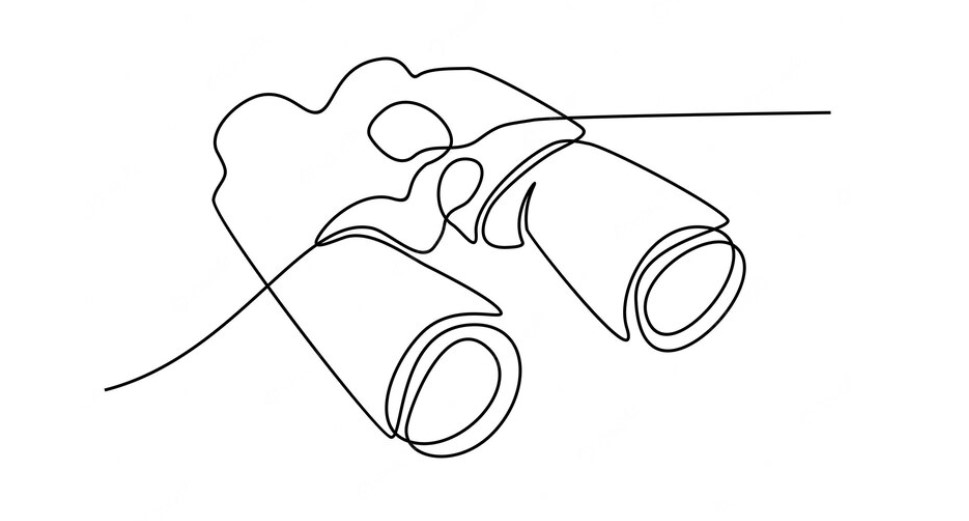

Objective lens diameter is essentially the size of the viewing field you get out of your spotting scope. If you aren’t sure if you need a spotting scope, consider using more powerful binoculars that may let you see a little farther without having to cart around an entirely separate piece of glass. While 10x42 (magnification power by objective lens diameter) has long been a standard binocular size, especially for hunters, higher magnifications around 15x are becoming more popular as are larger diameters around 50mm. If you mostly need magnification below 15x, you’re better off with binoculars, which are easier to use and generally lighter and more portable, though they can be pricier for quality glass since the manufacturers have to fit the optics in a smaller, doubled package. They also almost always are “zooms,” meaning they offer a range of magnifications-say, 20–60x-rather than a fixed setting. Most spotting scopes pick up where binoculars leave off and tend to fall somewhere in the 12–80 power-magnification range. Whether you pick a spotting scope or binoculars depends on what range you want.

Binocular scope how to#
Here are seven of our favorites at a variety of budgets, and how to pick the one that’s right for you. For all of them, a spotting scope can be a vital addition to the field kit. Target shooters-who often cross over with the hunting crowd-also need spotting scopes for practicing at distances much beyond 50 yards.
Binocular scope plus#
Casual stargazers make up another category of spotting scope user since they can get many of the benefits of a telescope without the bulk and weight, plus additional terrestrial viewing uses out of it. Birders use them to get visually close without physically disturbing animals. Some hunters-especially those searching for their quarry across vast distances up to several miles-use spotting scopes to see where their trusty binoculars can’t. They’re the sweet spot of specialty optics, letting you zoom in on wildlife, stars, targets, birds, and more-so you can see in detail what your eyes can’t achieve on their own. But consider their in-between sibling, spotting scopes. You certainly know about binoculars and telescopes for magnifying faraway objects.


 0 kommentar(er)
0 kommentar(er)
